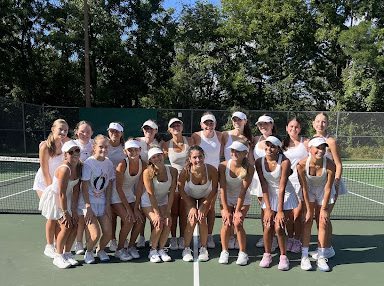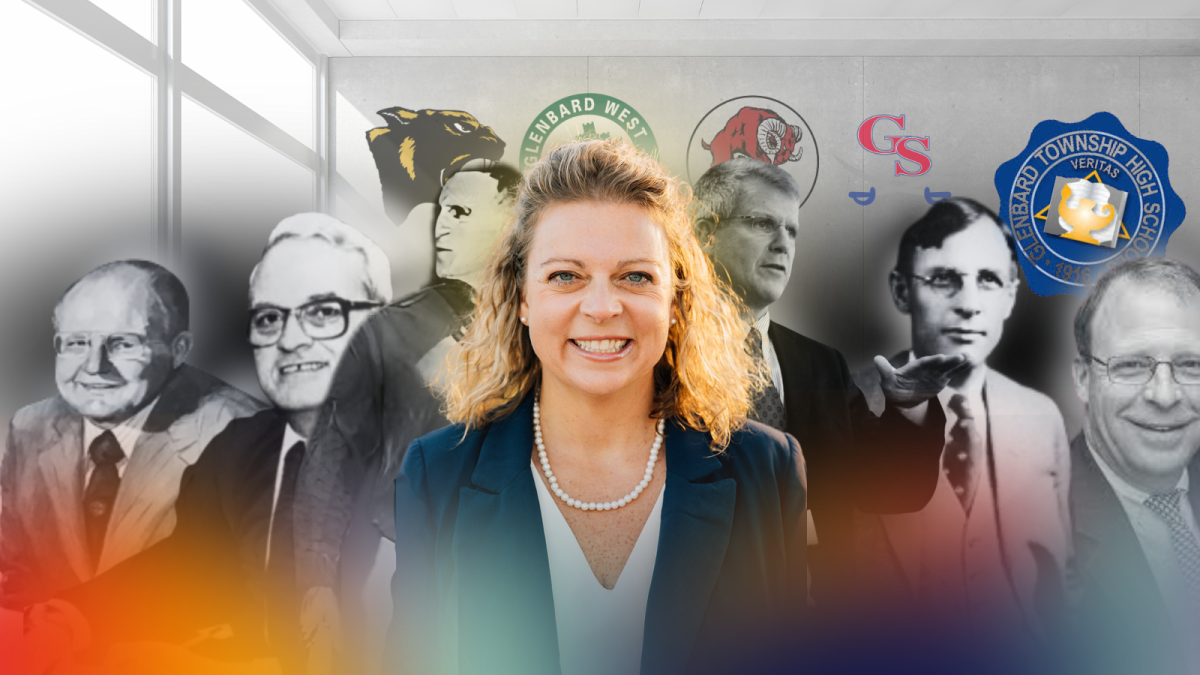Pop culture has always had an “it girl” in some way or another and “That Girl” is no doubt one of them. Rising in popularity since April of 2021, “That Girl” is a TikTok video trend that inspires viewers to work towards wellness and becoming the best person they can possibly be.
All TikToks under this trend typically follow the same format: Starting your day off with a perfectly made bed, drinking a freshly made green juice, eating an avocado toast sandwich, doing a ridiculously long skin care routine, working out, and journaling, all while the sun somehow shines perfectly through your bedroom window everyday.
Don’t get me wrong, the emphasis on becoming the best version of yourself is certainly a good thing. However, it is the way that the trend presents itself, that causes problems for everyday people. To put it simply: it is unrealistic.
With the thousands of trends being both created and revived everyday, I have no doubt that many people have a persona that they strive to embody. While it may be different for each person, we all have this idea of what it means to have made it. For me, it was “That Girl” since, growing up with very high academic expectations placed on me by my parents, I was constantly striving towards the ideals that the trend embodies: productivity and perfectionism. I had to get straight As, hold leadership positions in my extracurriculars, and receive school awards. With the emphasis of having straight As in my life and struggling with academic pressure, I loved the idea that someone could be both successful and happy all the time.
However, during the six hours that I spend scrolling through social media everyday, rarely have I seen a “That Girl” that looks like me. As a child, I was obsessed with changing myself to look like the girls I saw on TV. I wanted to dye my hair blonde and when that idea got shot down, I tried to lighten my hair with sunlight and lemon juice. I’d always thought that I was just going through a weird phase but as I grew up, and across the days worth of research I’ve done, I realized that this was not uncommon in people of color (POC) growing up on social media. The trend to become “That Girl” has created another standard that is not obtainable for minorities of any kind, causing mental health issues in an attempt to live up to the ideal image and lifestyle.
Who Can Afford To Be “That Girl”
I think we can all agree that the media has lacked representation over the past few centuries. As Gen Z, one lack of diversity that directly relates to us is the slight editing of our features when using filters: they make our skin just a bit whiter, and our noses just a bit smaller, and our eyes just a bit bigger. In a study done by The Guardian, “of [the] 214 covers published by the 19 bestselling glossies [of 2017], only 20 featured a person of color.” It’s a problem because, as summarized by psychologist Dr. Tina Mistry, we’re constantly looking for reassurance about our self-worth in the trends we see in social media and “if we don’t see that then we automatically perceive ourselves as ‘other.’ We tend to think in binary terms, so if we’re fed the message that to be white is to be beautiful, then we [POC] think of ourselves as the opposite. What’s the opposite of beautiful? It’s ugly.”
Additionally, social media users love the idea of productivity and that can be clearly seen in the “That Girl” trend. “That Girl” does yoga every morning, followed by making her own breakfast, and then, for the remainder of the day, doing productive activities such as drawing, journaling, learning a new language, reading, and creative writing. The problem is that social media defines being productive as these pretty, fun things that most people don’t have the free time to do. Why isn’t being productive having a full-time job, raising kids, or simply doing chores? For some groups of minority, especially low-income families, this is what being productive means and because of the lack of representation in the trend, they constantly strive towards over-productivity.
Not only is “That Girl” taxing on our self-esteem but also on our wallets. Being “That Girl” is not cheap: she has the trendiest clothes (both casual and workout), the cutest room décor, the healthiest diet, and with the tie in of the clean aesthetic, a plethora of skincare and makeup products. As reported in a Intuit Mint survey, “more than a third of Americans admit that social media has influenced their spending habits and that they overspend to keep up with their friend’s [or other’s] fun.” What’s more, in the same survey, it shows that “a quarter of Americans have bought clothing or accessories, the most popular category, because of social media.” “That Girl” created a standard, and if you don’t meet it, then you are perceived as not living life to the fullest. Sadly, this is the case for many minority groups whose cultures are not represented in the trends.
It makes it worse that people under the “That Girl” trend are seen as perfect. Although they may talk about how they can’t seem to get out of bed some days, it’s rarely shown in the videos that it’s hard to believe that they struggle too. In an article by the University of California, it says that “the pressure for productivity and increased social media usage encourages perfectionism, which is linked to depression and eating disorders.” What social media sees as perfect is being pretty, having good grades, and being the best at everything. However, for groups of minorities it’s hard to be perfect when they don’t fit into Eurocentric beauty standards or have access to resources that would grant good grades and introduce them to various hobbies. In many cultures, being perfect is being a good child: respecting your elders and saying please and thank you. All things that are not shown in social media’s idea of perfection, and certainly not in the “That Girl” trend.
And last but not least, becoming “That Girl” is tied in with becoming the “main character” of your life. With this trend, there’s a certain emphasis on isolating yourself from others and doing things solely for yourself because you’re the main character, everyone else is just a side character in your story. However, this “I” is a privilege and for many families “we” is how they function. They need each other for financial, emotional, and social support and if society tries to take away that togetherness, it just won’t work.
Society tricks us into thinking that if we reach these standards, all our struggles, insecurities, and flaws will just disappear but that’s simply not true. This is not the first trend that has had these issues, in fact, I think the only consistent trend we’ve seen over the years is the lack of inclusivity in these rising trends. So the next time you visit the “That Girl” hashtag and see all the people participating in the “That Girl” trend, think about all those girls that can’t participate in them instead.












